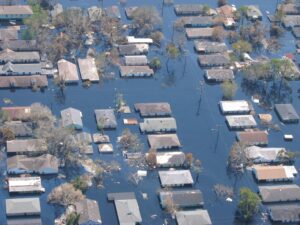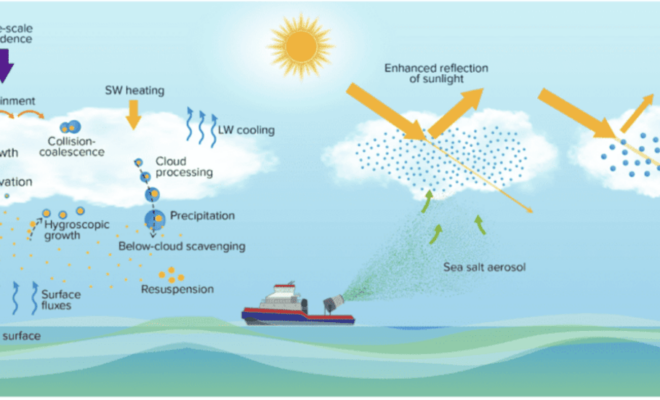Anchorages
Anchorage in Nantucket Harbor may be had in depths of 6 to 17 feet off the south and southwest sides of Brant Point or in depths of 12 to 17 feet in the general anchorage south of Brant Point. In general, the bottom is sticky. Although shelter is afforded to vessels it is advisable for small craft to use heavy tackle as the harbor becomes choppy with easterly winds.
Caution should be exercised to avoid anchoring in the fairway and maneuvering area to the ferry wharf or the cable area northeast of Brant Point.
The long sweep of strong northeast winds down the harbor makes anchorage for small craft off the wharves dangerous and uncomfortable. Small craft may find more sheltered anchorage under these conditions in Head of the Harbor (chart 13241) or, with local knowledge, in Polpis Harbor (chart 13241).
Launch service is available to craft at moorings or at anchor in the harbor.
The town-owned pier/dinghy dock has free dinghy tie-up as well as showers and ice available.
Moorings and dockage are available from Nantucket Moorings and Nantucket Boat Basin in Nantucket Harbor. It’s best to call ahead to reserve space here. In season, it’s often all filled.
The Nantucket Harbormaster
can also help direct you or answer any questions that you might have about the harbor.
Nantucket Boat Basin, on the west side of Nantucket Harbor, is entered about 0.4 mile south-southwestward of Brant Point Light. The basin is enclosed on the north and south sides by Straight Wharf and Commercial Wharf, respectively, and its entrance is protected by two long bulkheads on the east and southeast sides. Depths in the basin range from 3 to 10 feet. About 240 slips are available in the basin, and yachts 100 feet long and larger can be accommodated.
The outer end of the north side of Straight Wharf is used by excursion boats. A private seasonal light is shown off the end of the wharf and is operated only when tour boats are approaching the wharf in fog. Gasoline, diesel fuel, and ice can be obtained on the south side of Commercial Wharf. Water and electricity are available at each slip.
The basin’s dockmaster has his office on the outer end of Commercial Wharf. The dockmaster can be contacted on VHF-FM channel 16.
A boatyard, about 0.2 mile southward of Nantucket Boat Basin, has moorings, gasoline, a 23-ton mobile hoist, storage facilities, water, and marine supplies; hull and engine repairs can be made. The channel leading to the boatyard, marked by private seasonal buoys, has a controlling depth of 6 feet.
Gray Lady Marine is just beyond the Boat Basin, and the staff will be very helpful should you need assistance. Glenn’s Marine works on outboards, as does Madaket Marine.
Just beyond the boat basin is the town pier, which generally takes smaller vessels, and you can tie up for short time.
Tides and Currents
The mean range of tide at Nantucket Harbor is 3 feet. The tidal current off the entrance has a velocity of 0.3 knot; the flood setting eastward and the ebb westward. The tidal current in the entrance channel sets into the harbor at a velocity of 1.2 knots and outward on the ebb at a velocity of 1.5 knots.
Navigation:
NOAA charts 13242 (1:10,000), 13241 (1:40,000), and 13237 (1:80,000)
ChartKit Region 2, pages 2, 8, 9 and 43
ChartKit Region 3, pages 66, 67 and 82
The entrance to Nantucket Harbor is well marked by the breakwaters on both sides of the channel, and it’s very easy to enter under most conditions, although you should be careful as the westerly side of the breakwater is sometimes under water at high tide. Make sure you slow down at the “No Wake‚Äù sign near Choate Point, as several people will likely be watching to see who’s throwing the big wake.
As you come around Brant Point light, the Inner Harbor will come into view with the mooring field to port and the Nantucket Boat Basin straight ahead. The Boat Basin is generally quite busy during July, August and September, but does take reservations. The Nantucket Yacht Club is North of the Steamship Pier.
Prominent Features
From offshore, prominent features are: a radio tower about 1.2 miles east of Madaket Harbor; a standpipe (chart 13241) about 1.5 miles west of Nantucket; a gilded cupola atop a church clock tower, and a church belfry about 500 yards northwestward of it; the spire of a large white church in the town; and the navigational lights atthe entrance to Nantucket Harbor.
Brant Point Light (41°17’24″N., 70°05’25″W.), 26 feet above the water, is shown from a white cylindrical tower connected to the shore by a footbridge on the west side of the entrance near to the harbor. A fog signal is at the light. Brant Point Coast Guard Station is on the point.
Routes
Vessels approaching Nantucket Harbor from Pollock Rip Channel (see chart 13237) can set a direct course from Handkerchief Shoal Buoy 14 (41°29.2’N., 70°05.1’W.) to the lighted bell buoy off the entrance. Approaching from the channel northward of Cross Rip Lighted Horn Buoy 21 (41°26.9’N., 70°17.5’W.), pass to the eastward of Tuckernuck Shoal Lighted Bell Buoy 1, and then head for the lighted bell buoy off the entrance to Nantucket Harbor.
Channels
A dredged channel leads from Nantucket Sound to deep water in Nantucket Harbor off Brant Point. The controlling depths were 15 feet to Buoy 9, and 10.7 feet to Brant Point.
Shoal water extends about 1 mile offshore on both sides of the entrance, which is protected by two breakwaters. The breakwaters are partially submerged at half tide. The east breakwater is submerged for almost all its length. An opening for small craft is in the east breakwater about 300 yards off Coatue Point. A light and fog signal mark the outer end of the east breakwater, and a buoy marks the outer end of the west breakwater.
A lighted bell buoy about 900 yards off the breakwater light marks the approach, and the channel is marked by a 162° lighted range and buoys.
A 6-mph speed limit is enforced in the harbor.




